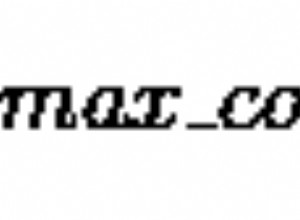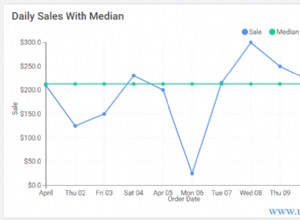Leggi Please Note prima in fondo. Ok bene, sei tornato.
Creazione di una stored procedure per il recupero della gerarchia di tipo ricorsivo.
Nota, non lo volevi per livelli, ma può essere fatto facilmente.
Schema:
create table category
( category_id int not null auto_increment primary key,
category_name varchar(40) not null,
parent_id int null, -- index on this column not a shabby idea
unique key (category_name)
);
insert category(category_name,parent_id) values ('car',null),('food',null); -- 1,2
insert category(category_name,parent_id) values ('ford',1),('chevy',1),('fruit',2); -- 3,4,5
insert category(category_name,parent_id) values ('economy',3),('escort',6),('exhaust',7); -- 6,7,8
insert category(category_name,parent_id) values ('chassis',7),('loud',8),('banana',5); -- 9,10,11
-- ok granted I could have explicity inserted category_id to make it more obvious
Crea processo memorizzato:
-- drop procedure showHierarchyBelow;
delimiter $$
create procedure showHierarchyBelow
(
catname varchar(40)
)
BEGIN
-- deleteMe parameter means i am anywhere in hierarchy of role
-- and i want me and all my offspring deleted (no orphaning of children or theirs)
declare bDoneYet boolean default false;
declare working_on int;
declare theCount int;
declare findFirst int;
select ifnull(category_id,0) into findFirst from category where category_name=catname;
CREATE TABLE xx_RecursishHelper_xx
( -- it's recurshish, not recursive
category_id int not null,
processed int not null
);
if isnull(findFirst) then
set findFirst=0;
end if;
insert into xx_RecursishHelper_xx (category_id,processed) select findFirst,0;
if (findFirst=0) then
set bDoneYet=true;
else
set bDoneYet=false;
end if;
while (!bDoneYet) do
-- I am not proud of this next line, but oh well
select count(*) into theCount from xx_RecursishHelper_xx where processed=0;
if (theCount=0) then
-- found em all
set bDoneYet=true;
else
-- one not processed yet, insert its children for processing
SELECT category_id INTO working_on FROM xx_RecursishHelper_xx where processed=0 limit 1;
insert into xx_RecursishHelper_xx (category_id,processed)
select category_id,0 from category
where parent_id=working_on;
-- mark the one we "processed for children" as processed
update xx_RecursishHelper_xx set processed=1 where category_id=working_on;
end if;
end while;
delete from xx_RecursishHelper_xx where category_id=findFirst;
select x.category_id,c.category_name
from xx_RecursishHelper_xx x
join category c
on c.category_id=x.category_id;
drop table xx_RecursishHelper_xx;
END
$$
Prova processo memorizzato:
call showHierarchyBelow('food');
+-------------+---------------+
| category_id | category_name |
+-------------+---------------+
| 5 | fruit |
| 11 | banana |
+-------------+---------------+
call showHierarchyBelow('car');
+-------------+---------------+
| category_id | category_name |
+-------------+---------------+
| 3 | ford |
| 4 | chevy |
| 6 | economy |
| 7 | escort |
| 8 | exhaust |
| 9 | chassis |
| 10 | loud |
+-------------+---------------+
call showHierarchyBelow('ford');
+-------------+---------------+
| category_id | category_name |
+-------------+---------------+
| 6 | economy |
| 7 | escort |
| 8 | exhaust |
| 9 | chassis |
| 10 | loud |
+-------------+---------------+
call showHierarchyBelow('xxx');
-- no rows
Nota che ho semplicemente modificato questa Risposta dei miei di qualche mese fa per le vostre esigenze.
Nota
Quanto sopra è solo a scopo illustrativo. In una situazione del mondo reale, non creerei mai tabelle in un processo memorizzato. L'overhead DDL è significativo. Invece, userei tabelle non temporanee preesistenti con un concetto di sessione. E puliscilo dalle righe per la sessione completata. Quindi non prendere quanto sopra come non più di un uomo di paglia, in attesa che tu lo renda più performante in quanto tale. Chiedi se è fonte di confusione.




